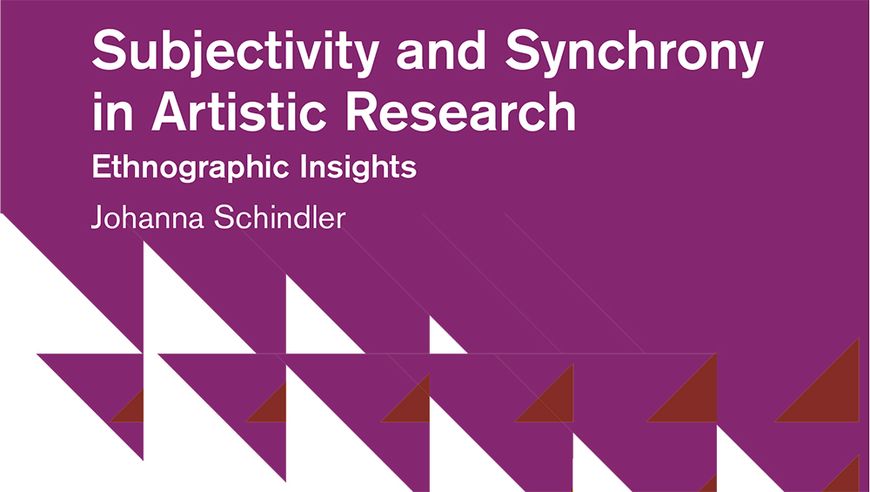Artistic research has become an established mode of inquiry and knowledge production in many fields. This study analyzes the emerging research dynamics and collaborative practices of two artistic research projects in the fields of digital musical instrument design and responsive environments. How are individual research modes organized? Which forms of knowledge are at stake? What sort of influence do institutional settings, spatial arrangements, and boundary objects have on the emerging research dynamics? And which criteria can be found to evaluate artistic research projects? While numerous publications offer important insights into methods and practices underpinning artistic research, the analyses of these projects are seldom founded on an in-depth theoretical approach. Therefore, Johanna Schindler carried out one of the first long-term ethnographic studies in this field to analyze the above-mentioned questions.
Over a period of one year, she accompanied two artistic research projects three times for three weeks each. These projects were located in Berlin (Germany) and Basel (Switzerland). During different project phases, she carried out participant observation, performed qualitative interviews, and took field notes as well as pictures. The data and material collected was translated into two detailed case descriptions. Afterward, the combination of boundary objects (Star & Griesemer, 1989), affordance (Gibson, 1986), and affect theory (Seyfert, 2012) enabled an examination of the research settings in their entirety—comprising, for example, spaces, institutional contexts, objects, material, and atmospheres—while simultaneously accounting for the researchers’ subjective moods, abilities, disciplinary backgrounds, interests, behavioral patterns, time management and research practices. The notions of attunement and synchrony (Koole & Tschacher, 2016; Wheatley, Kang, Parkinson, & Looser, 2012) were then used to examine how the researchers integrated different time-management strategies and research logics into their research collaborations.
A key finding of this analysis is that current criteria to evaluate artistic research projects (research output and results) need to be reconsidered. Rather than focusing on quantitative indicators such as the number of publications, conference presentations, or supervised PhD students, attunement and synchrony might be more fruitful to examine whether researchers were able to establish what the author calls synchronous research dynamics. With this term, she points to the fact that transdisciplinary research settings generally, and artistic research settings more specifically, require constant negotiation of subjective aesthetic, material, or organizational preferences, individual work patterns, disciplinary backgrounds, methods, competences, and research logics. These differences can both contribute to and inhibit the development of joint research endeavors. Johanna Schindler concludes that rather than muting these differences between disciplinary approaches, each researcher’s individual background, interests, competences, and preferences could be productively integrated into synchronous research dynamics – contributing to a transdisciplinary environment which enables the pursuit of both joint and individual research endeavors. In the final chapter, she suggests concrete measurements that can be utilized to adapt the research environments, funding structures, and evaluation criteria of artistic research projects to the specific needs of this emerging field.
The publication can be ordered via transcript.

